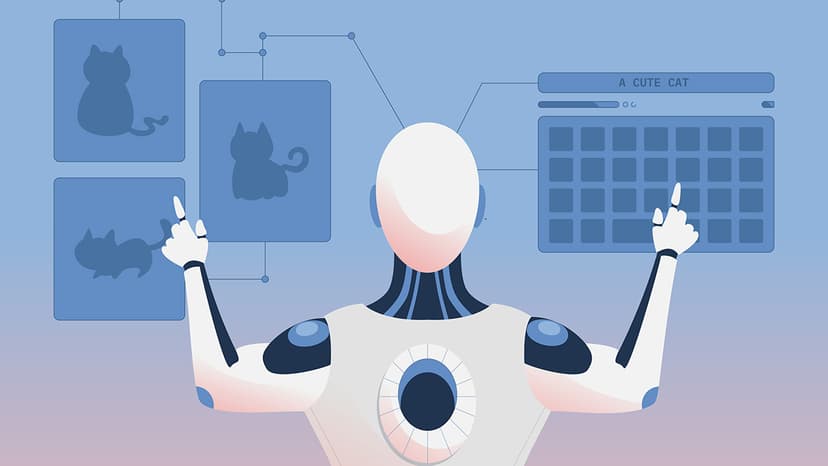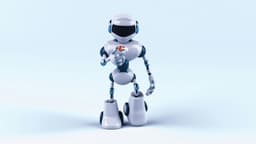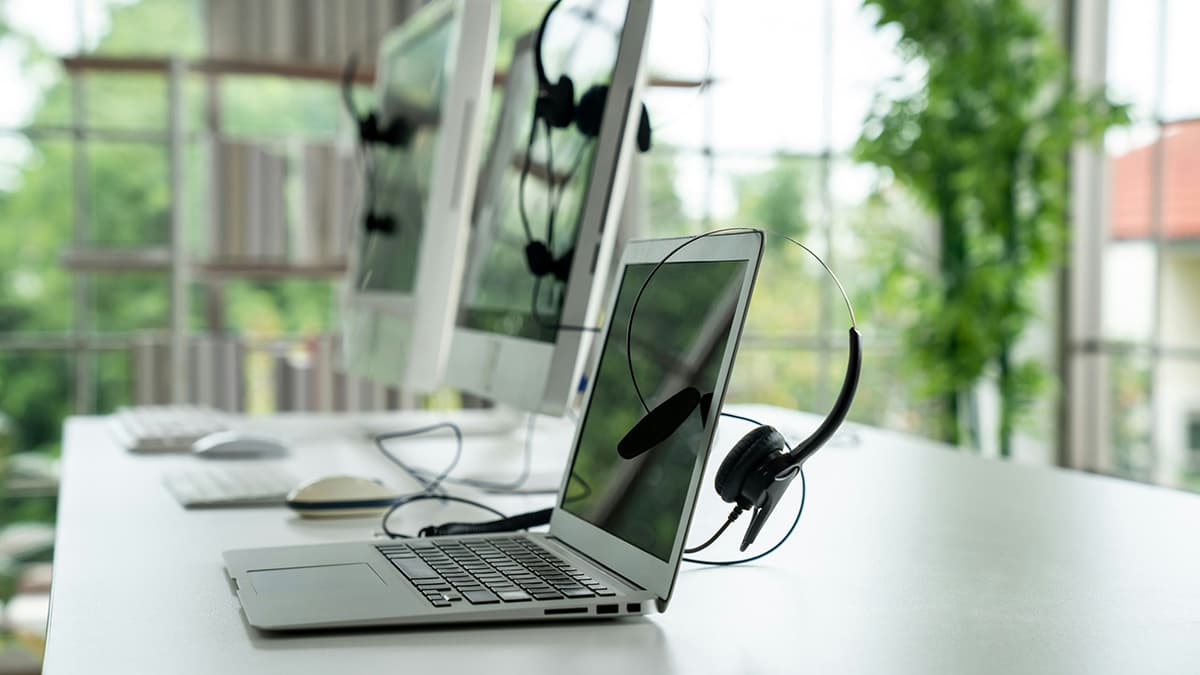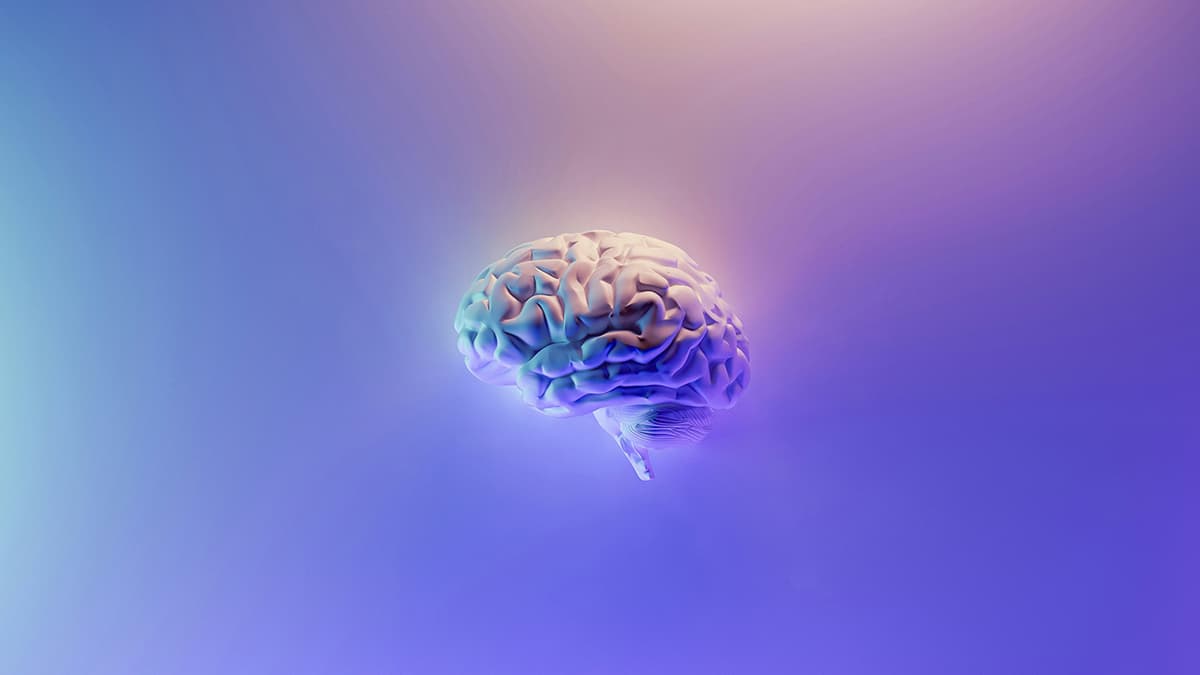Does the Self-Driving Depend on Analyzing Tons of Images Taken by the Camera Every Second?
Self-driving cars are built to drive without human help. They need to know what is around them—cars, people, roads, signs, and many more things. To do this, they use sensors, and one of the most important sensors is the camera. A camera captures images quickly, giving the car a view of the road in real time.
Yes, self-driving depends a lot on analyzing images taken by the camera every second. These images help the car "see" what’s in front, behind, and to the sides. Let's look at how that works.
What Do Cameras Do in a Self-Driving Car?
Self-driving cars usually have several cameras placed around the vehicle. These cameras capture pictures many times per second. Some point forward to see the road. Others point to the sides or the back to check for traffic, people, or signs.
Each image is like a frozen moment. The AI system inside the car looks at these images and tries to figure out what’s in them. For example, it may need to answer:
- Is that a person walking across the street?
- Is there a car in the next lane?
- What color is the traffic light?
- Is there a stop sign ahead?
The faster and more clearly the AI can answer, the safer the car becomes.
How Many Images Are Analyzed?
A typical camera might capture 30 frames (images) per second. If a car has 6 to 8 cameras, that adds up to hundreds of images every second. Each of these frames has to be processed quickly.
The AI looks at each image and picks out important parts. It may label a car, a person, a road marking, or a traffic sign. Then, based on those labels, it makes decisions like:
- Slow down
- Turn left
- Stop
- Change lanes
All of this happens in less than a second.
Why So Many Images?
Driving is a very dynamic task. Things change quickly. A person can step off the curb, a car can stop suddenly, or a traffic light can switch from green to red.
If the car only looked at one image every few seconds, it would miss important changes. That’s why it needs a steady stream of pictures. This stream helps the AI stay updated at all times.
More images also give more detail. If something is blurry in one frame, the next one might be clearer. It helps the car avoid mistakes and stay safe.
Is It Just Images?
While images are very important, self-driving cars don’t rely on just cameras. They also use:
- Lidar: A sensor that uses lasers to measure distance
- Radar: A sensor that detects the speed and distance of moving things
- GPS: For knowing the location of the car
Each sensor gives different types of data. Images from cameras are rich in detail, like colors and shapes. Lidar and radar give accurate distance and movement data.
Still, images are key because they are closest to how people drive. People mostly use their eyes. Cameras do the same for AI.
How AI Learns to Use Images
The AI in a self-driving car learns from labeled images. These images show objects like people, cars, and traffic lights with boxes or labels around them. After seeing millions of labeled images, the AI learns how to find those objects in new pictures.
Once trained, the AI looks at the camera feed in real time and tries to label everything it sees. This process is called perception. After that, it decides how to react.
For example:
- If it sees a stop sign, it starts braking.
- If it sees a person crossing, it waits until it’s safe.
This whole process depends on accurate image analysis.
What Happens If Images Are Wrong?
If the camera feed is blocked, blurry, or dark, the AI can struggle. A false reading could lead to a wrong move. That’s why the car uses other sensors too. They act as a backup.
But cameras are still central. Many things—like reading signs or seeing lane lines—require visual data that only cameras can give.
Self-driving cars depend heavily on analyzing many images every second. These images help the car see and make smart choices. The better the image analysis, the safer the driving.












